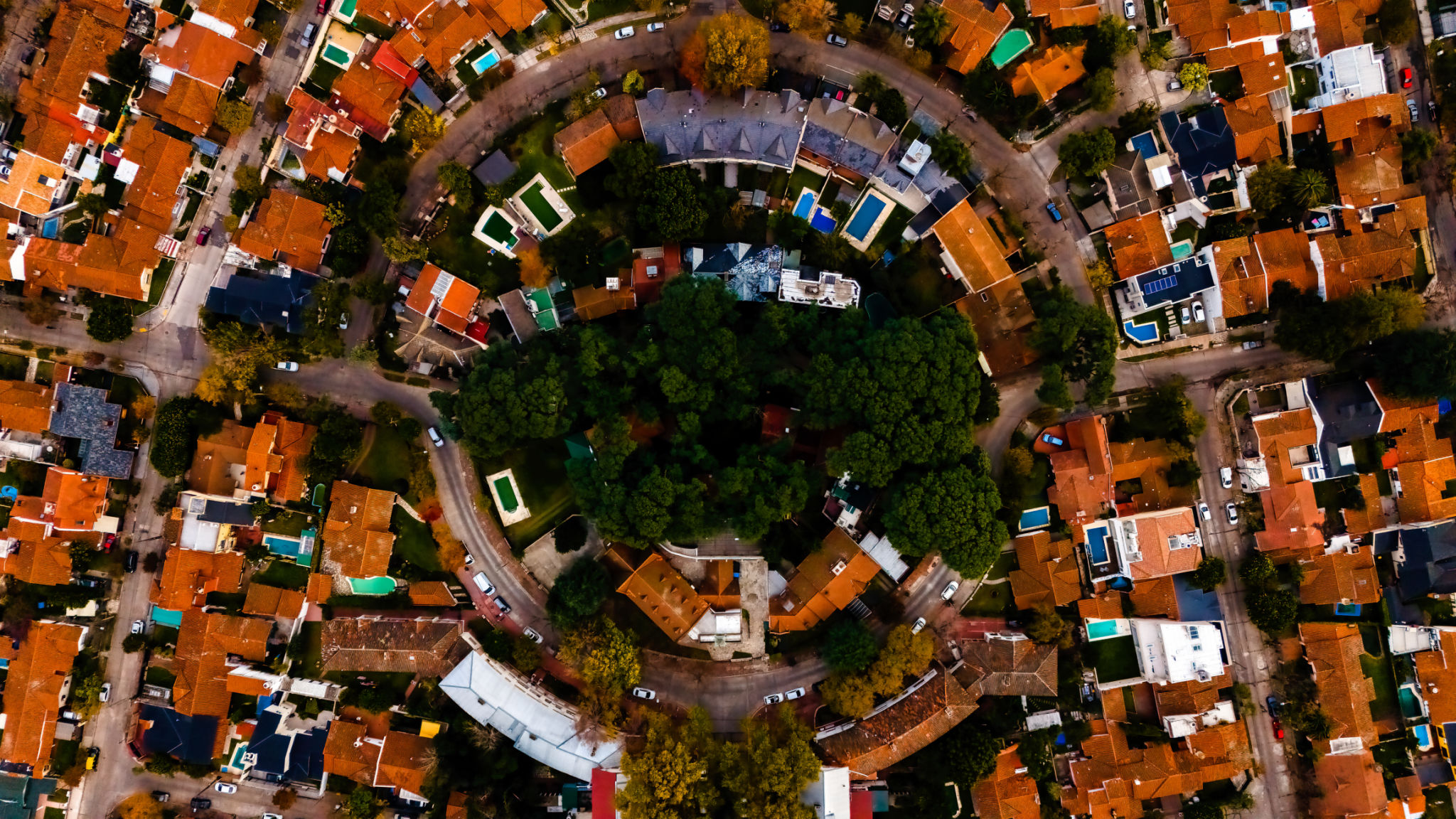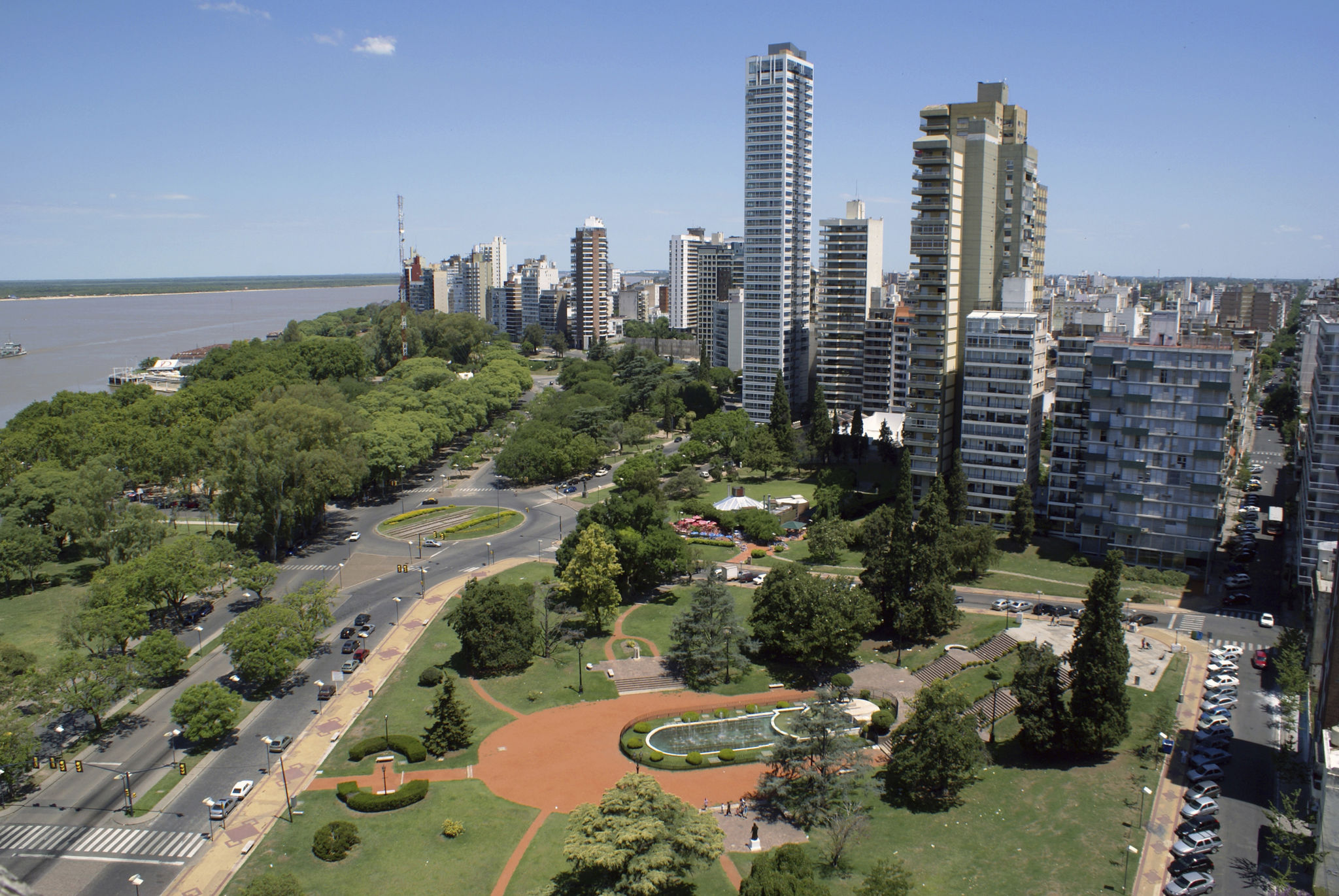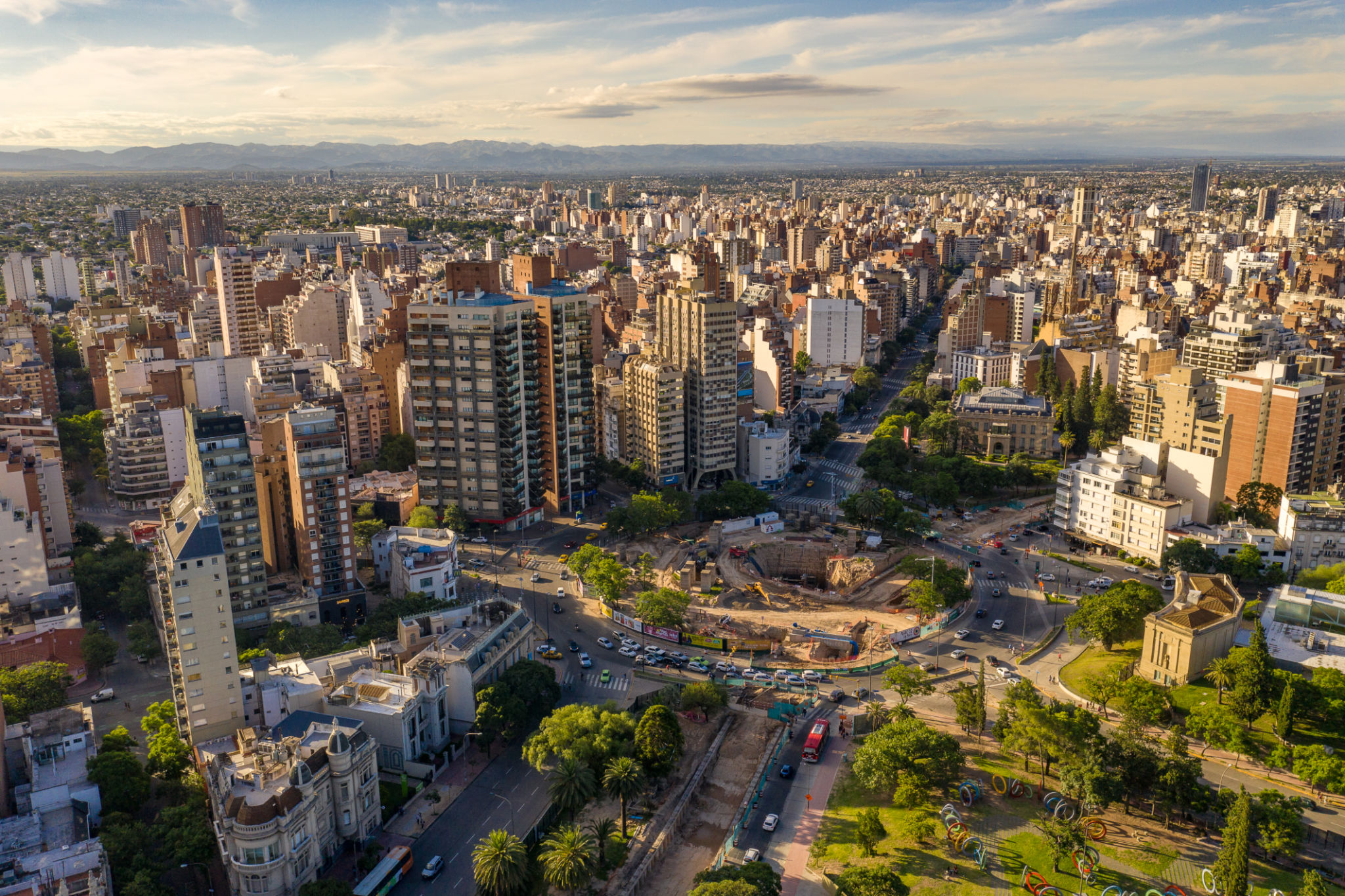The Role of Urban Planning in Sustainable City Development in Argentina
Understanding Urban Planning
Urban planning plays a crucial role in shaping the cities of tomorrow, particularly in developing countries like Argentina. As cities expand, the demand for sustainable living environments becomes more pressing. Urban planning aims to create functional spaces that cater to the needs of diverse populations while minimizing environmental impacts.
In Argentina, urban planners are tasked with balancing growth and sustainability. As the country continues to urbanize, the need for well-thought-out urban planning strategies becomes essential to ensure that cities remain livable and environmentally friendly.

Sustainability at the Forefront
Sustainability is at the heart of modern urban planning efforts in Argentina. Planners strive to create cities that not only support economic growth but also preserve natural resources and promote social equity. By integrating green spaces, efficient public transportation, and renewable energy sources into city designs, urban planners work towards reducing the ecological footprint of urban areas.
These sustainable initiatives are not just about protecting the environment; they also aim to improve the quality of life for residents. By reducing pollution and enhancing green areas, cities become healthier places to live, work, and play.
Key Strategies in Urban Planning
Several strategies are employed in urban planning to promote sustainability in Argentine cities:
- Integrated Public Transport Systems: Developing efficient and accessible public transportation can reduce reliance on private vehicles, decreasing traffic congestion and emissions.
- Green Infrastructure: Incorporating green roofs, parks, and urban forests can help manage stormwater, improve air quality, and provide recreational spaces.
- Mixed-Use Development: Designing areas where residential, commercial, and recreational activities coexist reduces the need for long commutes and fosters vibrant communities.

The Role of Technology
Technology is a powerful tool in modern urban planning. In Argentina, planners utilize Geographic Information Systems (GIS) and data analytics to understand urban dynamics better and make informed decisions. These technologies enable planners to simulate different scenarios and assess their potential impacts on the environment and society.
Moreover, smart city technologies are being introduced to enhance urban living. From smart grids that optimize energy consumption to data-driven traffic management systems, technology is helping Argentine cities become more efficient and responsive to residents' needs.
Challenges and Opportunities
While progress is being made, urban planning in Argentina faces several challenges. Rapid population growth and economic constraints can hinder the implementation of sustainable practices. However, these challenges also present opportunities for innovation and collaboration among government entities, private sectors, and communities.

By engaging stakeholders in the planning process and promoting community involvement, Argentina can overcome these obstacles and pave the way for more sustainable urban development.
The Future of Argentine Cities
The future of urban planning in Argentina looks promising as more cities commit to sustainable development goals. By prioritizing sustainability in their planning efforts, Argentine cities can become models for others around the world. The journey toward sustainable city development requires ongoing effort and adaptation to new challenges, but with the right strategies in place, it is achievable.
As citizens become increasingly aware of environmental issues, there is a growing demand for cities that reflect their values and aspirations. Urban planning will continue to play a pivotal role in shaping a sustainable future for Argentina's urban landscapes.